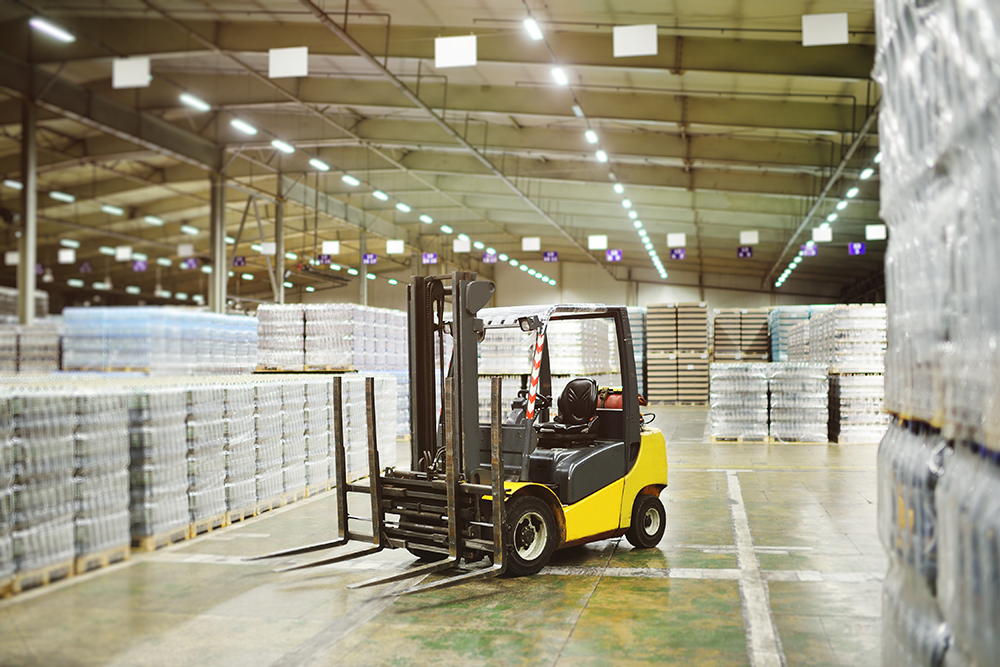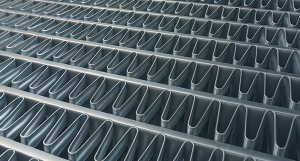Material Handling
- Home
- Industries
- Material Handling

Material Handling
Keeping Cool Under Pressure: Thermal Solutions for Modern Forklifts
Efficient thermal management in material handling equipment, particularly forklifts, is essential to ensure optimal performance, safety, and equipment longevity. Forklifts operate in diverse environments—from warehouses to outdoor yards—often under continuous or heavy-duty cycles that generate substantial heat from engines, hydraulic systems, and electronic components. Effective heat exchanger systems such as bar-and-plate or tube-and-fin coolers help regulate temperatures in the engine, transmission, and hydraulic circuits, preventing overheating and reducing downtime. With the rise of electric forklifts, managing thermal loads from battery packs and drive electronics has become equally critical. Compact, durable, and high-efficiency cooling solutions are required to withstand vibration, dust, and frequent load variations, ensuring reliable operation and energy efficiency in demanding material handling applications.
Why Thermal Management Matters in Material Handling:
- Continuous Duty, Constant Heat: Forklifts often run long shifts with minimal downtime, leading to significant heat buildup in engines, hydraulics, and electrical systems.
- Compact Systems, High Output: Limited space in forklift designs demands compact yet high-performance heat exchangers to manage multiple thermal zones.
- Electric Evolution: With the rise of electric forklifts, cooling systems must now regulate battery packs, inverters, and motor controllers, ensuring safety and efficiency.
- Harsh Operating Conditions: Dust, debris, vibration, and temperature extremes in warehouses or outdoor yards require rugged, reliable cooling systems.
- Multi-Circuit Needs: Forklifts may need integrated thermal management for engine coolant, transmission oil, hydraulic oil, and even cabin HVAC all within one unit.
- Extended Lifespan & Efficiency: Proper heat dissipation improves equipment lifespan, reduces component wear, and lowers overall maintenance costs.

